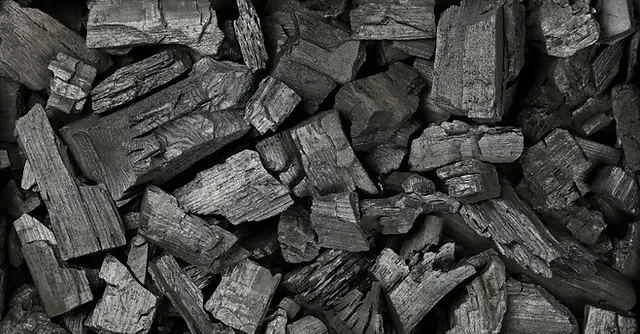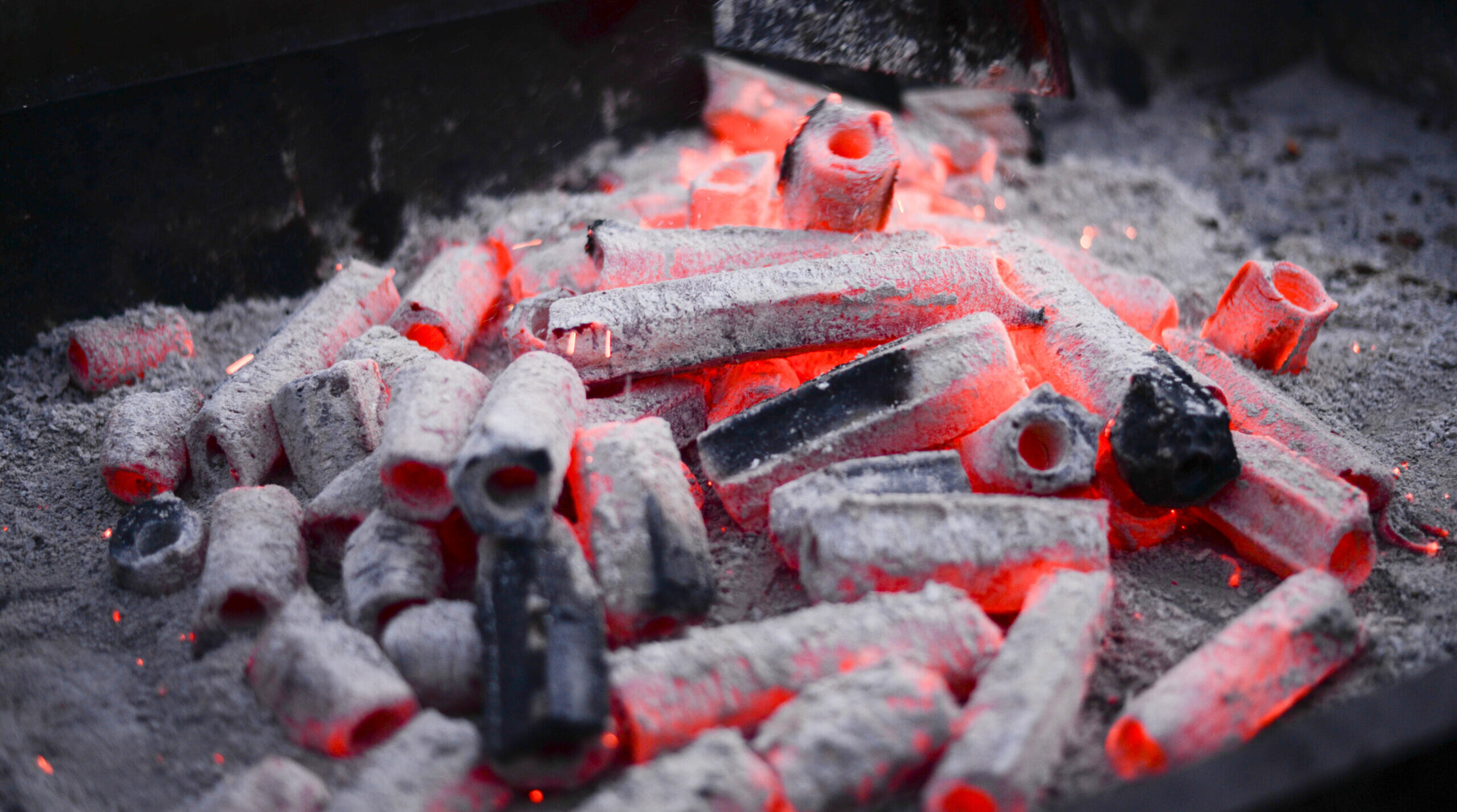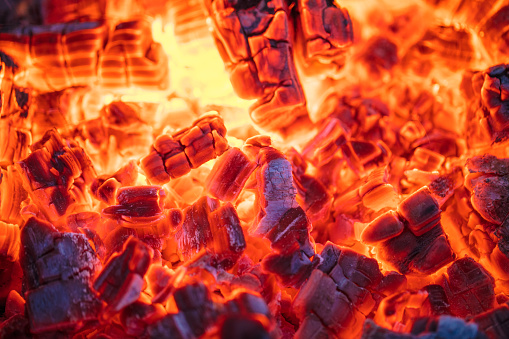The Difference Between Sawdust Charcoal Briquettes and Natural Charcoal
- August 6, 2023
- Wifa Team

When it comes to grilling or barbecuing, the choice of charcoal can significantly impact the taste, cooking experience, and environmental footprint. Two popular options on the market are sawdust charcoal briquettes and natural charcoal. While both serve the same purpose of providing heat for cooking, they differ in composition, production methods, burning characteristics, and sustainability. In this article, we’ll explore the distinctions between sawdust charcoal briquettes and natural charcoal, helping you make an informed decision for your grilling needs.
Composition and Production
Natural Charcoal: Natural charcoal is derived from pure wood, often sourced from hardwood trees like oak, hickory, or mesquite. It involves a traditional process called pyrolysis, where wood is heated in the absence of oxygen, converting it into char. This leaves behind a black, carbon-rich material, which is then crushed into varying-sized chunks or left as lump charcoal.
Sawdust Charcoal Briquettes: Sawdust charcoal briquettes, on the other hand, are made from the compressed sawdust, a byproduct of woodworking industries. Sawdust is mixed with additives such as binders and fillers, often including natural starches and coal dust, to enhance combustion and shape the briquettes uniformly. These ingredients are then compacted under high pressure into uniform shapes, usually pillow-shaped or cylindrical, creating the final product.

Burning Characteristics
Natural Charcoal: Natural charcoal burns hotter and faster than briquettes, making it ideal for searing and achieving those picture-perfect grill marks. It provides an authentic smoky flavor that many grilling enthusiasts adore. Since natural charcoal contains no additives, it produces less ash during the combustion process, reducing the cleanup hassle.
Sawdust Charcoal Briquettes: Sawdust charcoal briquettes are designed to burn more steadily and consistently, making them suitable for longer cooking sessions. The binders and fillers used in their production contribute to a more controlled burn, which can be advantageous for slow cooking and maintaining a steady temperature. However, the additives might impart a slight chemical taste to the food.

Environmental Impact
Natural Charcoal: Since natural charcoal is made from sustainable hardwood trees and has no additives, it is considered a more eco-friendly option. Responsible manufacturers often ensure that the wood they use comes from renewable sources, making natural charcoal a greener choice.
Sawdust Charcoal Briquettes: While sawdust charcoal briquettes can make use of waste sawdust that might otherwise go to waste, the additives used in their production raise environmental concerns. Some briquettes may contain chemical additives or non-renewable materials, making them less eco-friendly compared to natural charcoal.
The choice between sawdust charcoal briquettes and natural charcoal ultimately depends on your grilling preferences and environmental consciousness. Natural charcoal offers an authentic taste and minimal environmental impact, while sawdust charcoal briquettes provide steady heat and utilize wood waste effectively. Consider the type of cooking you plan to do, the flavors you desire, and the environmental implications when making your decision. Whichever option you choose, a great grilling experience awaits you!






